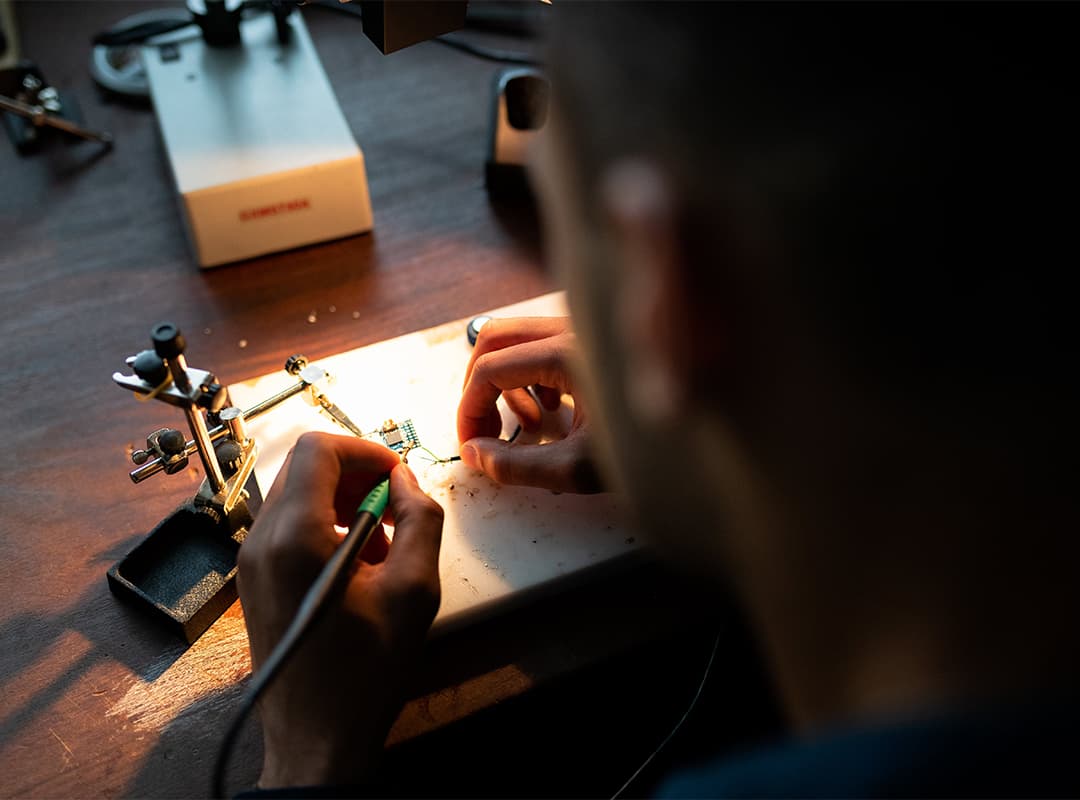Experimental mechanics plays a fundamental role in unlocking the mysteries and properties of materials, and its application in defect detection and diagnostics is becoming an increasingly important tool for ensuring the safety, reliability, and durability of various materials. In this article, we will review how modern experimental mechanics techniques help in defect detection and materials diagnostics.
Using Ultrasonic Defectoscopy
One of the key methods of flaw detection is ultrasonic diagnostics. Experimental mechanics provides the ability to make precise measurements of the velocity of ultrasonic wave propagation, which helps to detect defects such as cracks, inclusions, and other anomalies in materials.
Using Stiffness for Materials Diagnostics
Experimental measurements of the stiffness of materials are key to flaw detection. Changes in stiffness can indicate deformations, defects, or other changes within the material. This allows the detection of not only mechanical defects, but also changes in the structure of the material.
Using Thermography to Detect Defects
Experimental thermography techniques based on measurements of thermal changes provide the ability to detect defects such as cracks or areas of reduced thermal conductivity. This not only helps in detecting defects but also helps in assessing their degree of criticality.
Acoustic Emission Measurement Methods
Acoustic emission methods record the sound waves emitted by materials when they deform. This is useful for detecting the initial stages of fracture or the development of defects such as cracks or corrosion.
Optical-based defectoscopy
Experimental optical defectoscopy techniques such as strain tomography and digital holography provide the ability to observe and measure strains in materials with high spatial resolution.
Use of Tensile and Compression Testing
Tensile and compression experiments provide data on the mechanical properties of materials. Anomalies in these properties can indicate the presence of defects. The use of accurate experimental data allows the strength and durability of materials to be assessed.
Experimental mechanics is becoming a key tool in the field of defectoscopy and materials diagnostics. Modern methods and technologies provide unique opportunities to detect and analyze defects, which in turn contributes to safer, more reliable, and more efficient materials and designs. Incorporating these techniques into engineering practices plays a key role in ensuring the quality and durability of materials in various industries.
